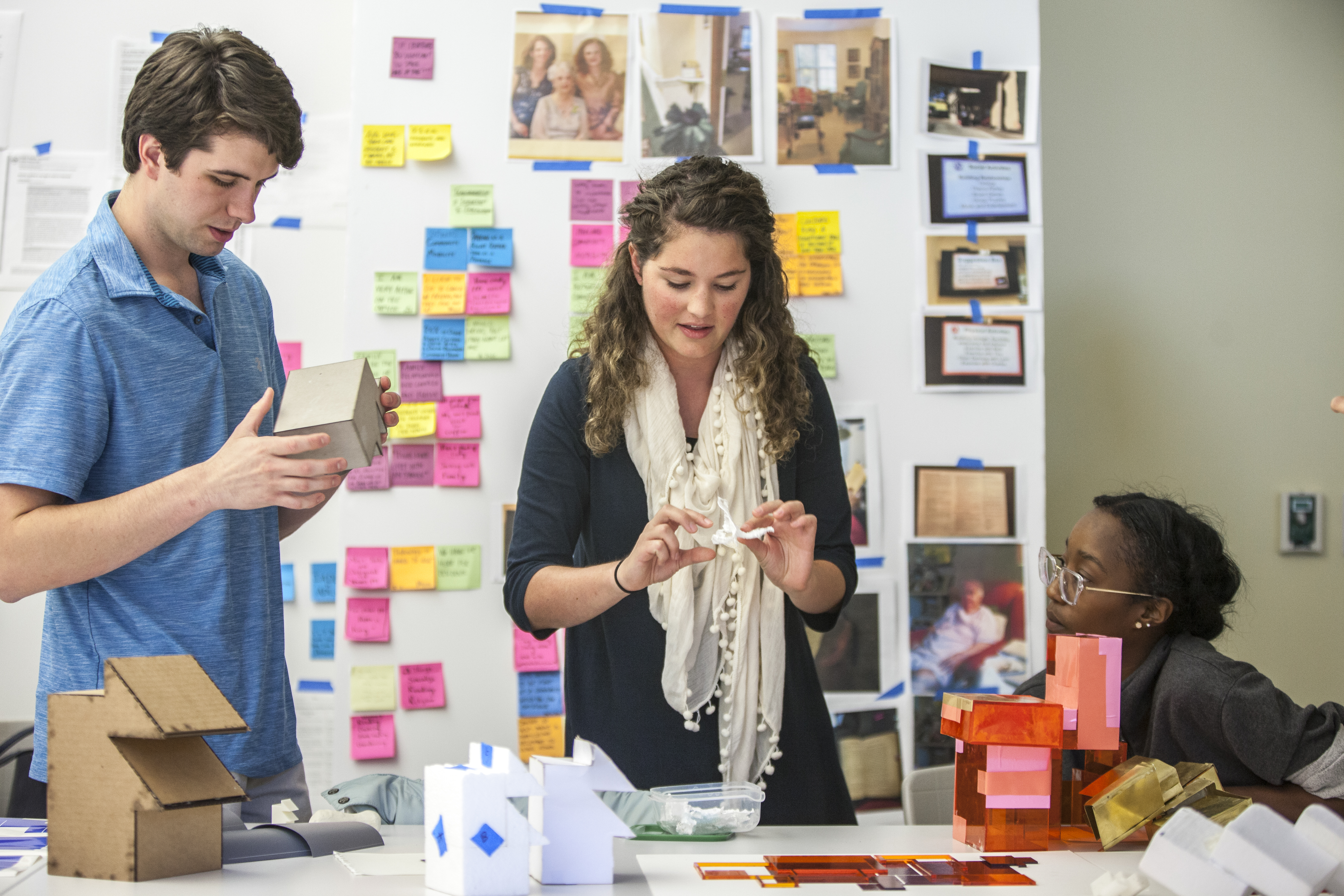Student Learning Outcome
Students will demonstrate an understanding of the conventions of a particular art form in a specified context through production and/or analysis of that form.

Art can expand our understanding of ourselves and others across place and time, foster collaboration and communal experience, and encourage nuanced and non-literal thinking. The creation and analysis of art offers insight into this power, spurs original and divergent ideas, and promotes a broader understanding of cultures.
Students will demonstrate an understanding of the conventions of a particular art form in a specified context through production and/or analysis of that form.
Examples of CAC courses include Creative Writing, Dance, Theater performance or production, Ceramics, and Music composition or performance courses. Examples of CAA courses include Art History, Film Studies, Theater Studies, and Musicology courses.
Students will:
Creation
Analysis
Courses in this category: